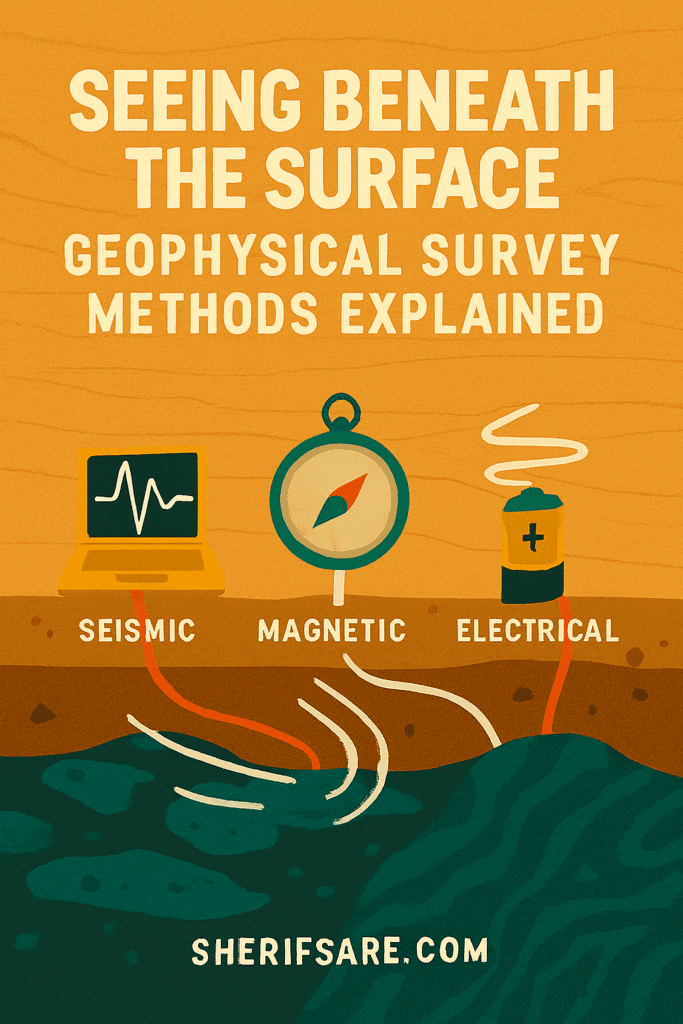Rocks aren’t just static chunks of Earth; they are dynamic storytellers. Each type of rock reveals clues about Earth’s history, tectonic activity, and resource potential. Whether you’re mapping gold deposits or planning infrastructure, knowing your rocks is essential. Let’s explore the rock cycle.
The Rock Cycle Explained
The rock cycle is Earth’s recycling system. It transforms rocks through heat, pressure, erosion, and cooling. The three main types are:

| Rock Type | Formation Process | Common Examples |
|---|---|---|
| Igneous | Formed from cooled magma or lava | Basalt, Granite |
| Sedimentary | Formed from compressed sediments | Sandstone, Limestone |
| Metamorphic | Formed from heat and pressure on other rocks | Schist, Marble |
How Geophysics Interacts with Rock Types
Different rocks respond differently to geophysical methods:
- Igneous rocks often have high magnetic signatures.
- Sedimentary layers are ideal for seismic reflection studies.
- Metamorphic rocks can distort wave paths due to their density and foliation.
Global Relevance
From the volcanic islands of Indonesia to the sedimentary basins of Texas, understanding rock types helps:
- Predict earthquakes and volcanic activity
- Locate oil, gas, and mineral resources
- Design stable foundations for cities and dams
What’s Next
In the next post, we’ll explore geophysical survey methods; how we “see” underground using seismic, magnetic, and electrical tools. We’ll learn how these techniques are used in mining, groundwater mapping, and urban planning.



